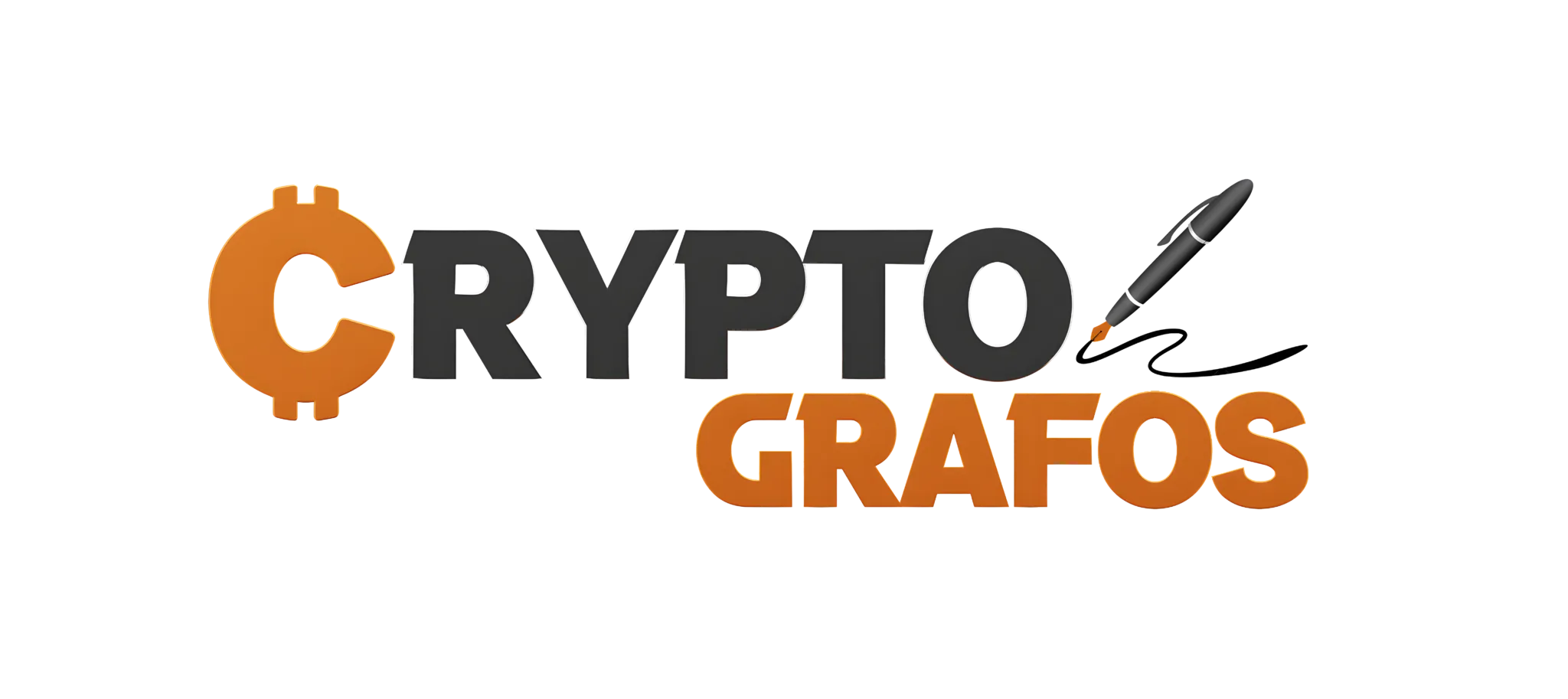As the enforcement deadline for European crypto regulations approaches, exchanges across the region are preparing to delist stablecoins that fail to meet compliance standards.
Coinbase’s European branches—Coinbase Europe, Coinbase Germany, and Coinbase Custody International—are set to remove Tether’s USDT and five other stablecoins from their platforms on December 13. The announcement was made by Coinbase in a statement.
“Based on current information, we anticipate needing to restrict services for the following assets: USDT, PAX, PYUSD, GUSD, GYEN, and DAI,” Coinbase noted, referencing the requirements outlined under the European Union’s Markets in Crypto-Assets Regulation (MiCA).
Despite these removals, Coinbase plans to continue supporting USD Coin (USDC) and its euro-pegged stablecoin, EURC, which is co-managed with Circle, a prominent U.S.-based crypto firm.
Future Relistings Under Consideration
MiCA’s initial framework for stablecoins has been effective since June 30, but the broader regulations covering crypto asset service providers (CASPs) are scheduled to take full effect on December 30.
Coinbase had previously indicated its intent to delist noncompliant stablecoins in October, encouraging users to convert their holdings into compliant alternatives like USDC.
Ranked as the third-largest exchange globally by trading volume, Coinbase holds a notable share of USDT trading on its platform. According to CoinGecko, USDT is Coinbase’s second-most traded asset after Bitcoin, accounting for over 12% of total trades, with daily trading volumes exceeding $1 billion.
A Coinbase spokesperson emphasized the platform’s commitment to compliance, stating, “We routinely evaluate the assets available to our customers to ensure regulatory adherence. We will revisit enabling services for stablecoins that achieve MiCA compliance in the future.”
The spokesperson declined to comment on the specific trading volumes of USDT on European platforms.
USDT and MiCA Compliance Questions
While Coinbase has classified USDT as a “MiCA-restricted stablecoin,” European regulators have yet to issue a definitive ruling on the coin’s compliance status. The European Securities and Markets Authority (ESMA), a key MiCA regulatory body, told that it has not yet announced an official position on USDT, as discussions are ongoing.
Tether’s CEO, Paolo Ardoino, has voiced criticism of certain aspects of MiCA, stating that the company is working on tailored solutions for the European market. In November, Tether announced the suspension of its euro-backed stablecoin EURT, citing minimal demand. At the time, EURT’s market cap was just 0.02% of USDT’s.
Tether’s Continued Commitment to Europe
Despite the regulatory hurdles, Tether remains focused on supporting projects aligned with MiCA standards. This includes backing new stablecoins like EURq and USDq, developed by Dutch fintech firm Quantoz Payments.
“Tether is finalizing its long-term strategy for the region and remains committed to Europe,” a company spokesperson stated. The representative criticized what they called “premature actions” by some exchanges, suggesting that these decisions may stem from self-interest or insufficient analysis.
“Tether is confident in its ability to adapt to these changes and continues to prioritize financial inclusion and innovation, particularly in areas with limited access to traditional financial systems,” the spokesperson added.
For more news, find me on Twitter Giannis Andreou and subscribe to My channels Youtube and Rumble
What is your opinion on this particular topic? Leave us your comment below! We are always interested in your opinion!









